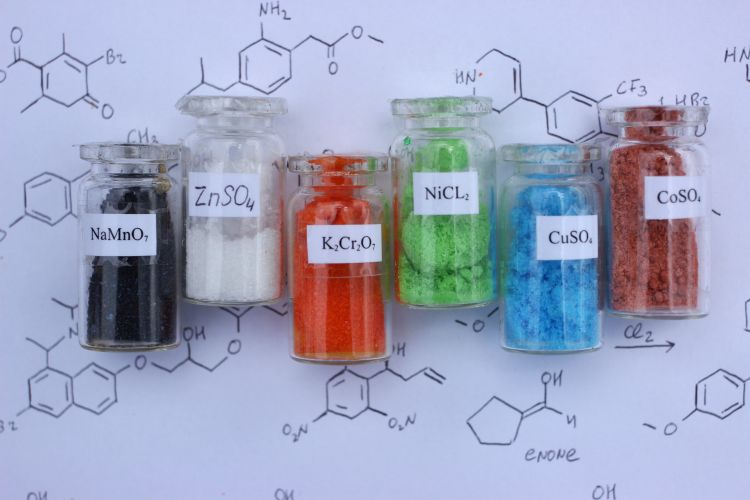Understanding Crystallisation and Why It Matters

As summer approaches and we start to crave ice cream more than usual, some of us may need to stock up on paracetamol to bear with the summer heat. So, what does your enthusiasm for ice cream and the headache relief brought by paracetamol have in common? Well, crystals!
The application of crystallisation forms the bedrock of many of the pharmaceutical products necessary to everyday life. Statistics show that 80% of the world’s active pharmaceutical ingredients (API) are produced via at least one crystallisation step. API manufacturers worldwide consider crystallisation a critical separation and purification technique. Despite playing such an intricate role in the pharmaceutical manufacturing environment, pharmaceutical crystallisation requires some manufacturing practices of its own. The two significant steps involved here are nucleation and crystal growth. Science defines crystallisation as,
“…..process of formation of solid crystals from solution, melt, or by deposition directly from a gas phase.”
Crystallisation is the conversion of molecules in a liquid state to a solid-state through the build-up of regular lattice structures. The intermediate phase between both states consists of manipulating molecules together into clusters of nuclei in a controlled and stable manner. As more clusters converge, they reach critical crystal size, and the nucleation phase gives way to the crystal growth phase.
The crystal growth phase appears to be quite straightforward. Generally, as more nuclei achieve critical crystal size, an increasing trend in crystal growth is expected until maximum crystal growth is achieved. But in reality, many factors challenge this process. API crystal properties such as size, purity, shape, and molecular structure – are dictated by manufacturing process inputs and controls during the nucleation and crystal growth phases.

The end-goal is to achieve structural homogeny, that is, to achieve a uniform crystalline structure shared by all crystals. The variations in crystal structures are called polymorphs. Each polymorph possesses different physical properties that affect the end-product, such as melting point, dissolution rate, and shape. The dissolution rate in pharmaceuticals is particularly vital to cure your heat-induced headache. Because, this factor determines the rate at which paracetamol will dissolve in your body – helping you get rid of that headache!
Controlled polymorphism in pharmaceutical manufacturing is essential, and one method to achieve control is via temperature in the crystallisation process. Even the crystallisation in your ice cream recipe was tightly controlled to ensure the pleasant taste and texture you expect.
This summer, whether you’re lucky to enjoy an ice cream in the sun, or unfortunate enough to battle a heat-induced headache, consider the crystal-connection your ice-cream shares with paracetamol. For more thought-provoking updates about crystallisation, follow InnoGlobal Technology (formerly Innopharma Technology) for more exciting R&D information in this space.

